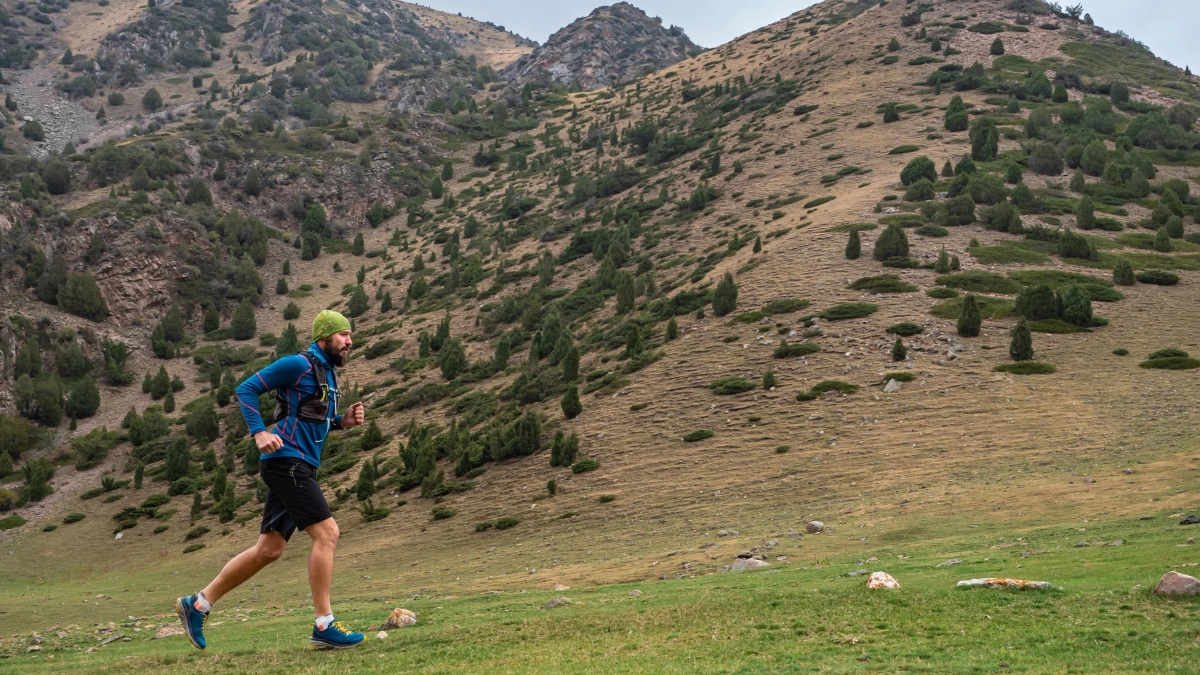Hills: the secret weapon of distance runners

For years, hill workouts have been “that workout you have to suffer through”: heart rate sky high, burning legs and paces that fall apart. Many distance runners avoid them because they feel they are slower on hills and because, quite simply, they are uncomfortable.
The key is understanding how hill work transfers to running on the flat: in other words, how that “uphill” effort later becomes steadier paces, better technique and less wear and tear in your races.
Why do hills work so well?
Running-specific strength
On the uphill:
- You recruit more glutes, hamstrings and calves.
- Your core and hips work harder to hold your posture.
- Ground contact is shorter and firmer, almost like a “mini jump”.
That strength transfers to flat running as a more stable, more reactive and more efficient stride.
Better running economy
Running economy is how much energy you spend to run at a given pace. Two runners can be moving at 4:30/km: one feels relatively comfortable while the other is on the limit. The difference is not always in VO₂max, but in how efficient their technique is.

Hills improve that economy because:
- They reinforce ankle stiffness, which is key to transmitting force without wasting energy.
- They reduce useless movements (bouncing, side-to-side oscillations, upper body “wobbling”).
- They sharpen coordination between arms, torso and legs.
After several weeks of hill work, it is common to notice that you hold your usual paces with less perceived effort, or that you can push a little harder without exploding.
High intensity with less impact
Working hard on the flat means running fast. That increases joint impact and the risk of overload, especially if you are coming from an easier period or if you do not have much experience with fast intervals.
On hills:
- For the same internal effort, your speed is lower.
- Impact is more controlled than when running fast on the flat.
That is why hills are an ideal tool to:
- Add quality to your week without battering your joints.
- Protect runners who are prone to niggles in knees, heels or calves.
Types of hills: what each one trains
By adjusting the duration of the effort and the gradient, you can steer the session towards the quality you want to train.
Short hills (8–15 seconds)
- Gradient: 6–10 %
- Goal: power and explosive strength
- Best for: 1,500 m, 3,000 m
They are very intense, but technique is everything. Torso slightly leaning forward, eyes looking ahead, active knee drive, firm footstrike and arms working decisively.
Sample session:
- 8–10 × 10’’ very hard uphill
- Recovery: walk or very easy jog back down
They are perfect for building a base of specific strength without needing heavy external loads.
Medium hills (20–45 seconds)
- Gradient: 4–8 %
- Goal: strength endurance and tolerance to hard efforts
- Best for: 3,000 m, 5K, 10K
Here you enter that zone where muscle burn and breathlessness meet. The key work is not only physical, but also technical and mental: maintaining your form when your body wants to collapse.
Sample session:
- 2–3 sets of 6–8 × 30’’ uphill at a strong effort
- Recovery: easy jog down
- Rest between sets: 3’ easy
This type of hill has a direct transfer to surges and demanding sections in a race.
Long hills (1–3 minutes)
- Gradient: 3–6 %
- Goal: aerobic capacity, mental strength and pace control
- Best for: 10K, half marathon, marathon
They mimic sustained race effort very well, but with the added challenge of the climb. They force you to learn to pace yourself and not go out too hard in the first few metres.
Sample session:
- 6–8 × 2’ uphill at 80–85 % of maximum effort
- Recovery: easy jog down
Ideal in base-building phases for marathoners and long-distance runners.
Once or twice a week?
For most runners:
- 1 hill session per week already represents a big step up in quality.
- 2 sessions can make sense for a few weeks, as long as you reduce the difficulty of other hard workouts (track intervals, very aggressive fartleks, etc.).
The important thing is that if you increase hill work, you compensate by lowering the demands somewhere else. Not every day can be a “hard day”.
Common mistakes (and how to avoid them)
For hills to become your secret weapon and not your worst enemy, it is worth avoiding some very common mistakes:
- Starting too aggressively
You do not need to open your hill block with brutal gradients and 15 reps. Start with less volume, a reasonable slope and very clean technique, and progress from there. - Choosing gradients that are too steep
Above 10–12 % it is easy for your technique to fall apart: jumping, bouncing, torso too far forward, exaggerated heel striking.
A slightly gentler hill where you can run well is a better choice. - Stacking hard hills with every other hard session
Tough hills + hard intervals + a very demanding long run in the same week is the perfect recipe for injury. If you increase hill load, dial back another intense session. - Skipping the warm-up
Before the first rep: 10–15’ of easy jogging, some mobility (ankles, hips, knees) and 3–4 strides on the flat. Your calves will thank you.
Practical keys to get the most out of hill training
- Focus on technique, not on the watch. Use time as your reference, not speed. Your goal is to run “beautifully” uphill.
- Do not aim to destroy yourself. Good hill sessions leave you tired but functional. The next day you should be able to train, maybe with some fatigue, but not limping.
- Be consistent. Real improvement comes after several weeks, not after two heroic workouts.
Always remember the real goal: you do not train hills to be good at running uphill, you train hills to run better on the flat.
